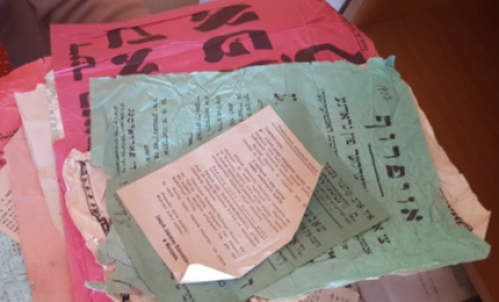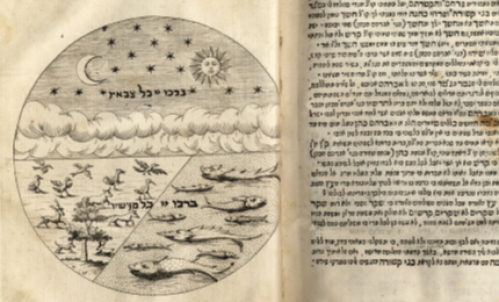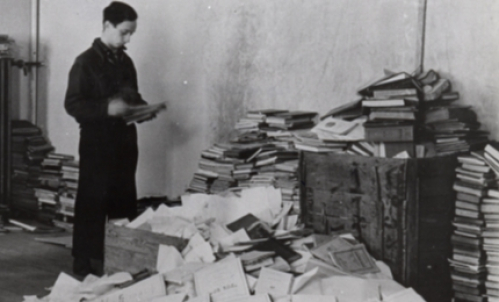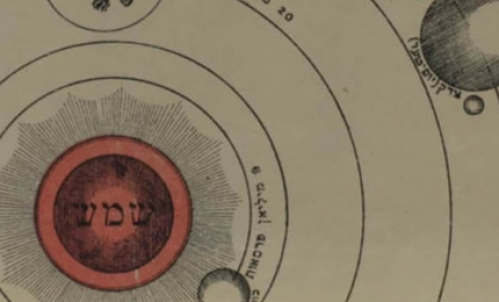A Yiddish Theater Evening in Kutno, 1917
by ROBERTA NEWMAN
Among the materials in Record Group 3, YIVO’s Collection of Yiddish Literature and Language, are files on about 600 Yiddish and Hebrew writers in Eastern Europe and around the world. Many of these materials were assembled by Zalmen Reyzn, editor of the Leksikon fun der yidisher literatur, prese, un filologye (Lexicon of Yiddish literature, press, and philology), published in Vilna between 1926 and 1929, the key reference work on Yiddish literature of its time. Reyzn gathered much of his information through correspondence with the writers themselves.
This collection of literary materials was scattered and partially lost during the Nazi looting of YIVO’s archives during World War II. What remains is partially in Vilnius, Lithuania, and partially in New York, and is now being digitized for the Vilna Collections Project.
This playbill from Kutno, Poland is in the New York YIVO Archives. It advertises a “grand literature-drama evening” sponsored by the Jewish Dramatic Circle on December 29, 1917. Despite the fact that World War I still raged and Kutno was under German occupation, it was an auspicious time for Yiddish theater. German military authorities were often much less restrictive about Jewish cultural activities than the tsarist regime. Yiddish theater, suppressed in the Russian Empire, was now free to begin to develop.
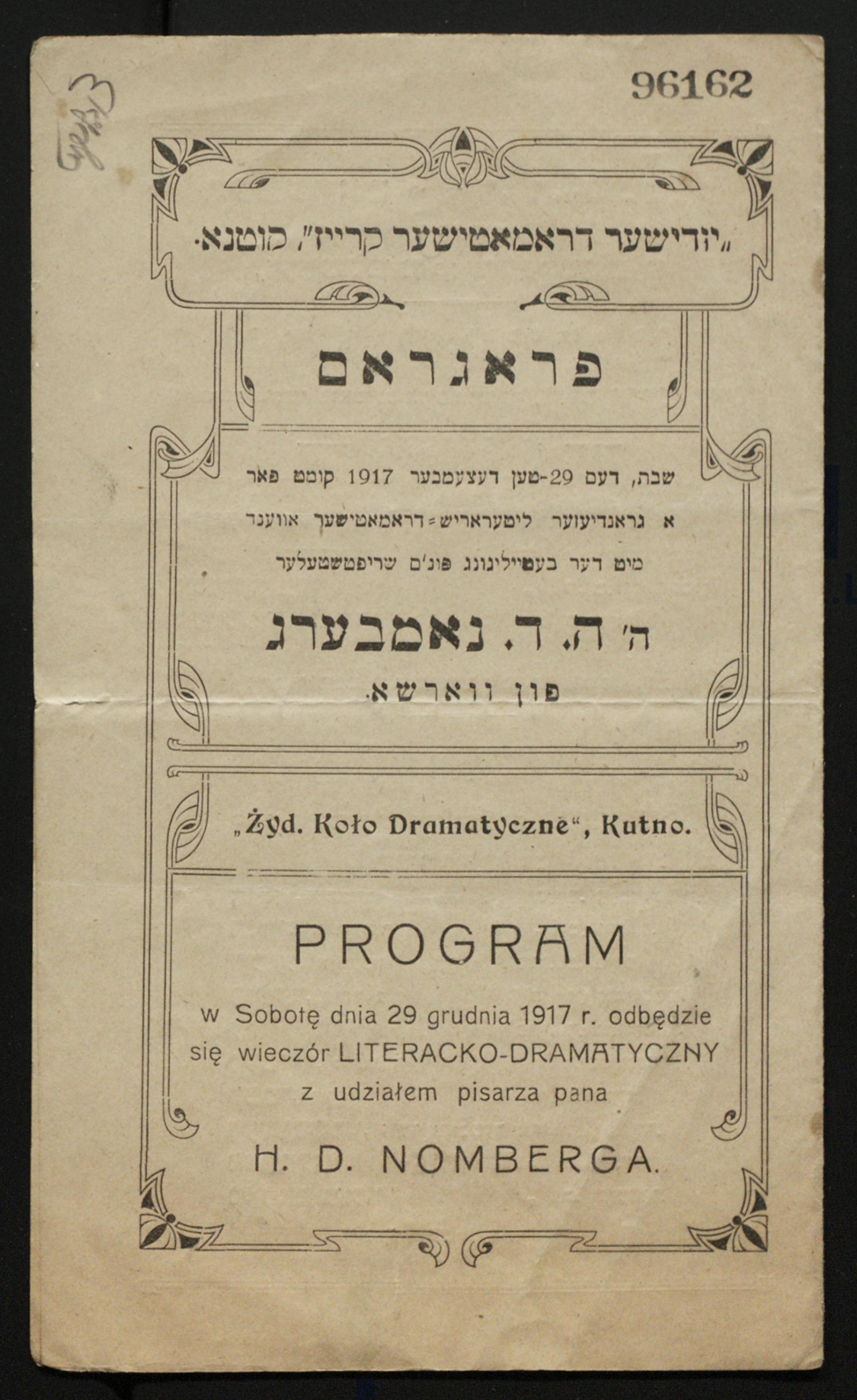
The evening began with a lecture by the Warsaw Yiddish writer H.D. Nomberg (1876-1927) on the topic of “the state of Yiddish theater.” Nomberg was, at the time, active in developing a secular Yiddish school network, another area of Jewish cultural and communal life newly possible under the German occupation.
The lecture was followed by performances of two one-act plays, “Frage tsaykhn?” (Question Mark?), by Mark Arnshteyn, and “Menshen” (People), by Sholem Aleichem.

The evening in Kutno marks a transitional moment in the history of Yiddish theater. The small dramatic and literary circles in individual shtetls would continue to exist in interwar Poland, Lithuania but the 1920s and 30s saw the blossoming of new, more professional Yiddish theater companies, based in the large cities, but dependent also on tours to smaller Jewish communities for their livelihoods.
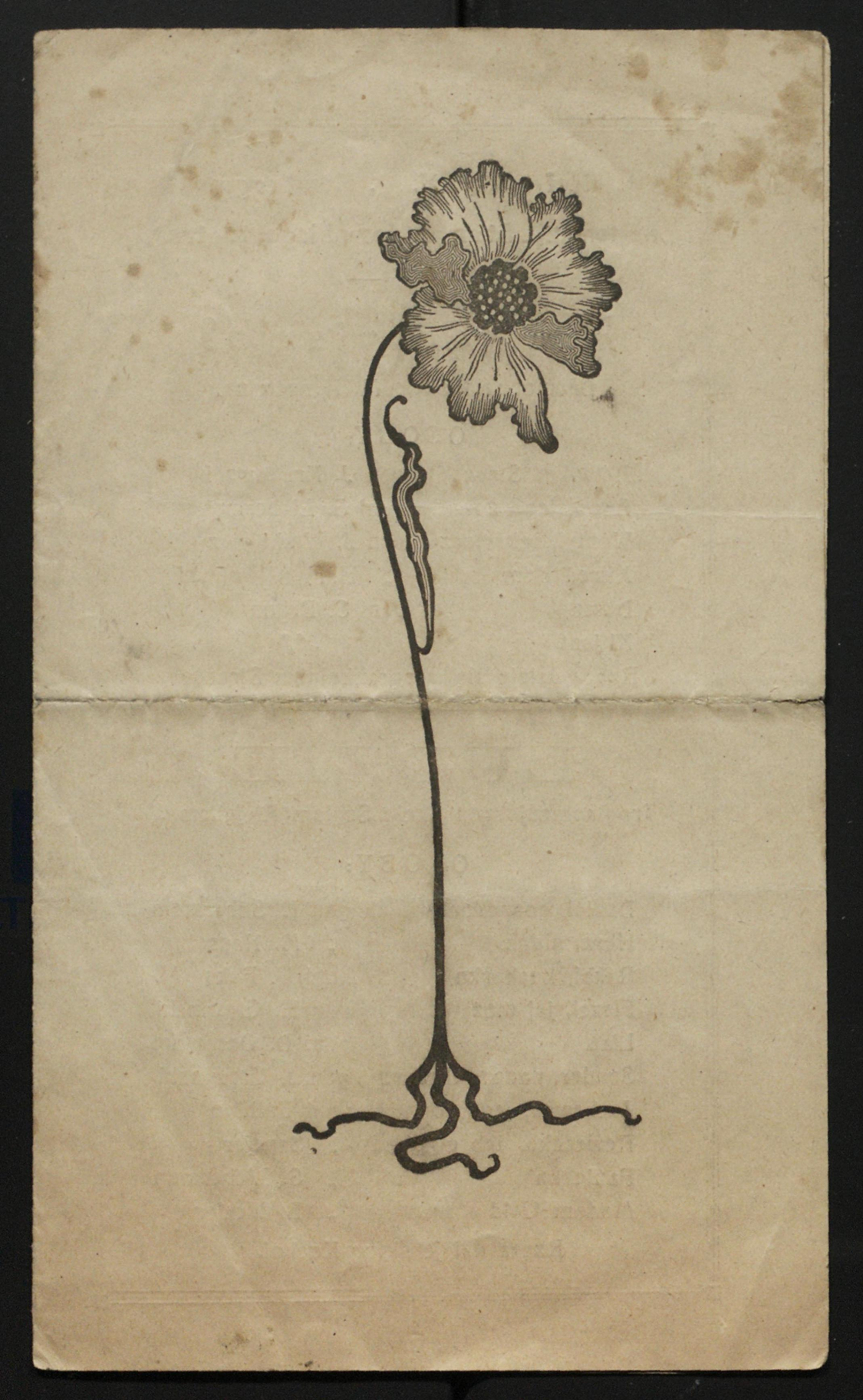
Roberta Newman is YIVO’s Director of Digital Initiatives.
